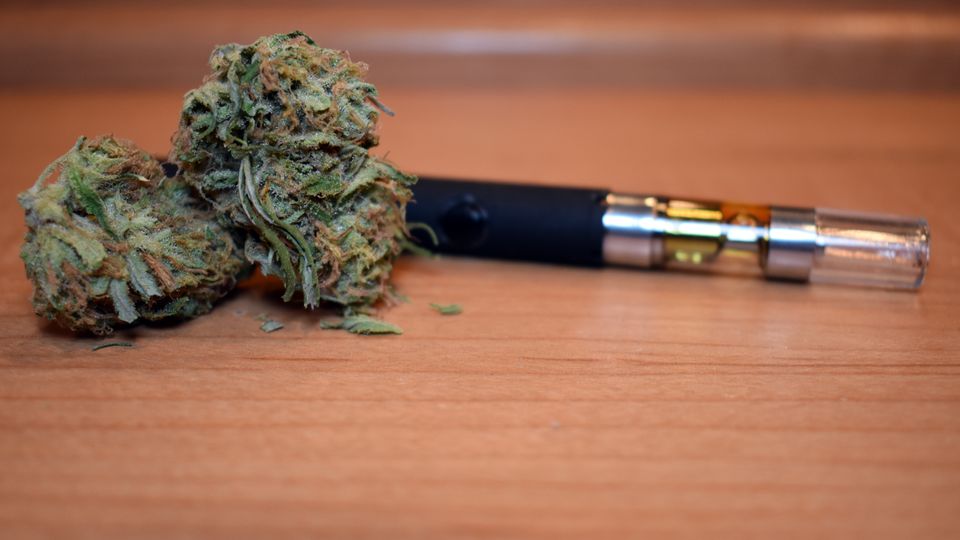The science of flavor in THC cartridges is a fascinating blend of chemistry and biology, with terpenes playing a pivotal role in shaping the sensory experience. Terpenes are aromatic compounds found in a variety of plants, including cannabis, where they contribute to the distinctive flavors and scents of different strains. In THC cartridges, these compounds are carefully curated to enhance and define the flavor profile, significantly impacting the overall experience for users. Terpenes are often misunderstood as mere flavoring agents, but they play a more complex role in the cannabis experience. Chemically, terpenes are a diverse class of organic compounds produced by a variety of plants, known for their role in protecting plants from predators and environmental stresses. In cannabis, terpenes contribute not only to the smell and taste but also to the entourage effect—a phenomenon where terpenes and cannabinoids interact synergistically to influence the overall effects of the strain. Among the hundreds of terpenes identified in cannabis, some of the most common include myrcene, limonene, pinene, and caryophyllene.

Each terpene imparts unique flavors and aromas. For instance, myrcene is known for its earthy, musky scent and is often found in strains with a more relaxing effect. Limonene, on the other hand, provides a citrusy, tangy aroma and is associated with uplifting and mood-enhancing effects. Pinene has a piney, fresh scent, reminiscent of a forest, while caryophyllene delivers a spicy, peppery aroma and can contribute to pain relief and anti-inflammatory effects. In THC cartridges, terpenes are often extracted and concentrated to create a specific flavor profile that complements the cartridge’s THC content. This process involves isolating terpenes through methods such as steam distillation or CO2 extraction, which preserves their delicate properties. Once isolated, these terpenes are then blended into the THC distillate or oil base of the cartridge. The precise blending of terpenes allows manufacturers to mimic the flavor profiles of various cannabis strains, offering consumers a wide range of sensory experiences. The interaction between terpenes and THC is not just about flavor but also about enhancing the therapeutic effects of the cartridge.
The entourage effect suggests that the presence of terpenes can modulate the impact of THC and other cannabinoids, potentially altering the overall experience. For example, a cartridge with a high concentration of linalool, known for its lavender-like aroma and calming effects, might produce a more soothing and relaxing experience when paired with thc cartridge. Moreover, the quality of terpenes used in cartridges can significantly affect the flavor and aroma. High-quality, natural terpenes provide a more authentic and nuanced sensory experience compared to synthetic alternatives. As consumers become more discerning, there is a growing demand for cartridges that offer complex and genuine flavor profiles, reflecting the true essence of the cannabis plant. In conclusion, terpenes are crucial in defining the flavor and overall experience of THC cartridges. Their unique aromatic profiles not only contribute to the sensory enjoyment but also interact with cannabinoids to enhance the therapeutic effects. As the cannabis industry continues to evolve, understanding the role of terpenes will remain key to developing innovative and satisfying THC cartridges that cater to the diverse preferences of consumers.